write independently without holding hands: One of the challenges associated with autism is the lack of fine motor skills and hand-eye coordination. This is why sometimes teaching children to write, especially without holding hands, seems a difficult task.
But with the right method, patience and a little creative approach, this task can be made possible. Let’s know some practical and effective ways.
Table of Contents
✨ 1. Small steps, big beginnings
It is important to teach children to control their hands before making them draw straight lines:
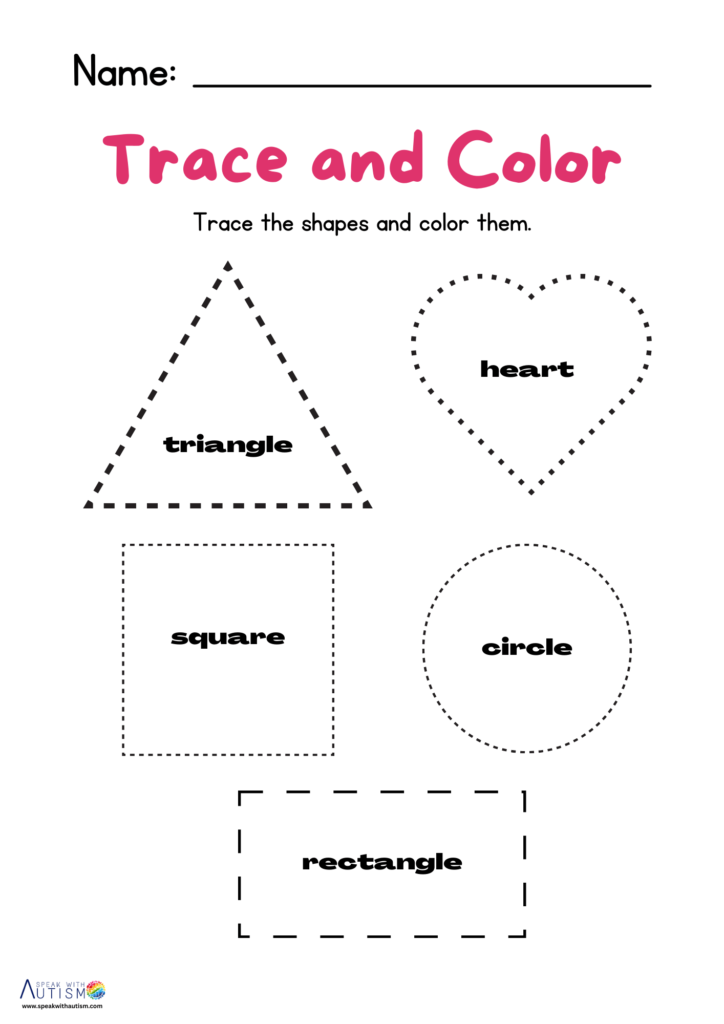
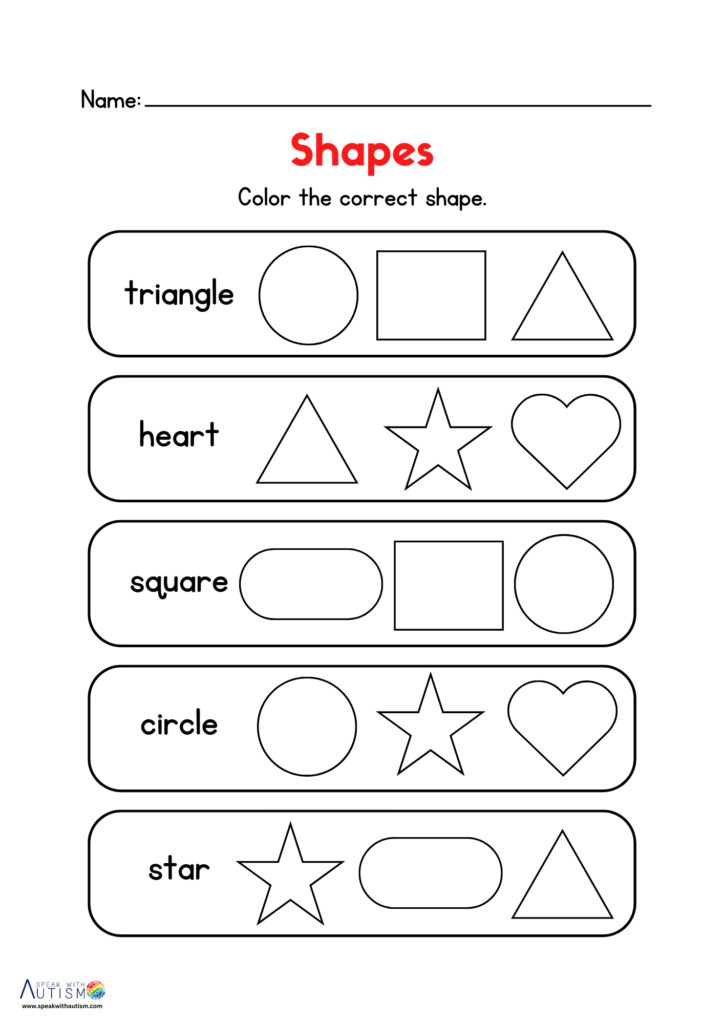
- Make them do connect the dots activity.
- Tracing shapes like circles, straight lines, zigzags.
- Start writing with thick crayons or chunky pencils so that the grip is easy.
🧸 2. Take care of sensory comfort
Autistic children may have sensory sensitivities. They may have trouble touching or feeling things:
- Try different pencil grips, pens or markers.
- Use sandpaper letters, velvet-touch paper or textural tracing sheets.
- Try light or weighted gloves if there is too much movement in the hands.
🎯 3. Visual guides and motivation
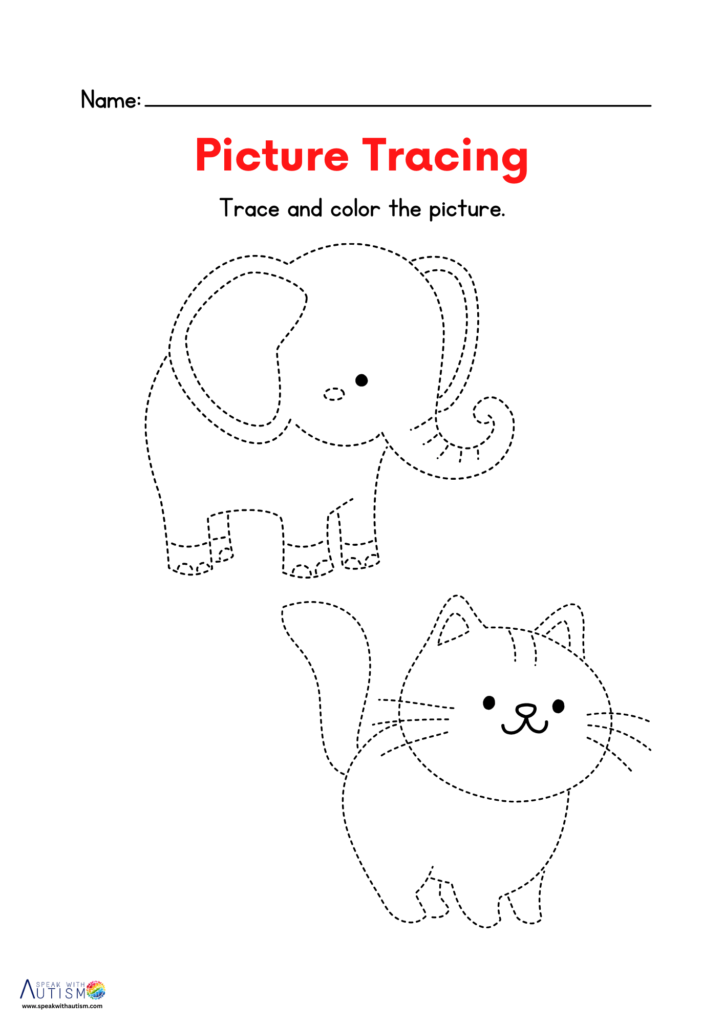

Visually engaging learning material is important for the child:
- Make colorful posters for the standing line and sleeping line.
- In line tracing sheets, first trace with your finger, then with a pencil.
- Teach him to draw lines using his Favourite character (e.g. cartoon):
Like – “Chhota Bheem is climbing the rope! Draw a standing line!”
🧩 4. Teach through fun activities
If the task of teaching writing seems like a game, then the child learns more naturally:
- Make thick lines on the ground with chalk.
- Make lines with fingers in the sand tray.
- Make standing/sleeping lines with finger painting.
🌈 5. The magic of positive reinforcement
Celebrate every attempt—even if imperfect:
- Give star stickers, clap, or a Favourite snack.
- Use phrases like “Wow, you have drawn the line, Amazing!”
This not only increases his self-esteem, but also his desire to try next time.
🧑⚕️ 6. Consult Occupational Therapy
If the child is struggling a lot or is not at all comfortable holding a pencil, then:
- Meet an OT (Occupational Therapist).
- They give special exercises for the child’s hand muscles.
- OT works on sensory integration, posture control, and hand stability.
🕰️ 7. Patience and regularity – Most important
Every child is different – some learn quickly, some slowly.
- Have 10-15 minutes of structured practice every day.
- Give breaks in between so that the child does not get tired.
- Never force – Make learning a loving and safe experience.
Download worksheets
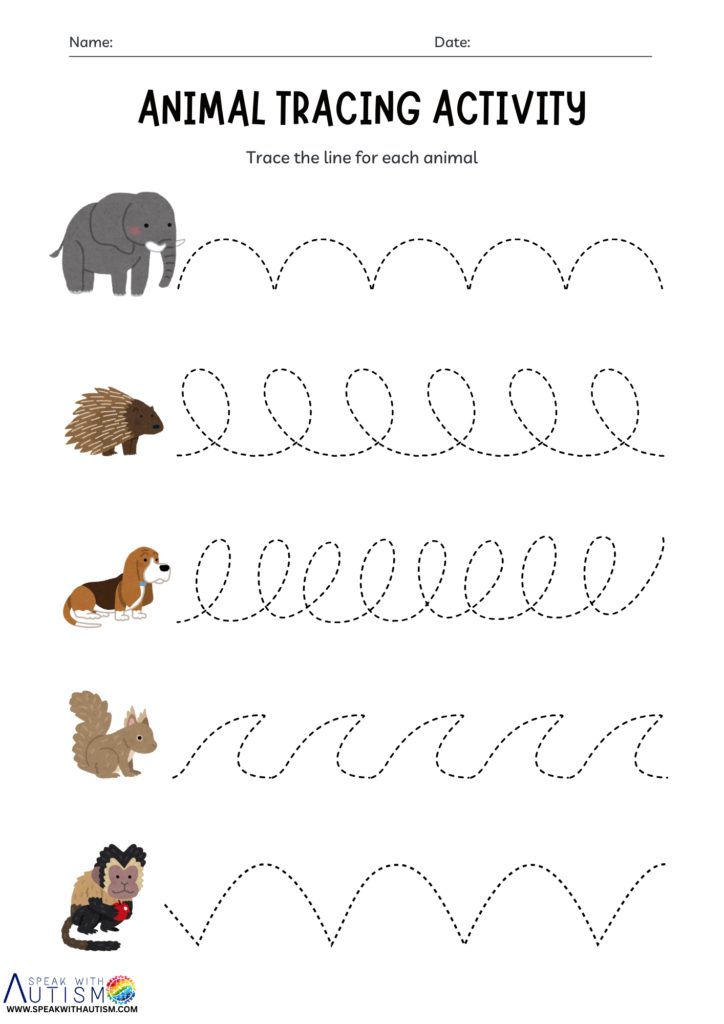
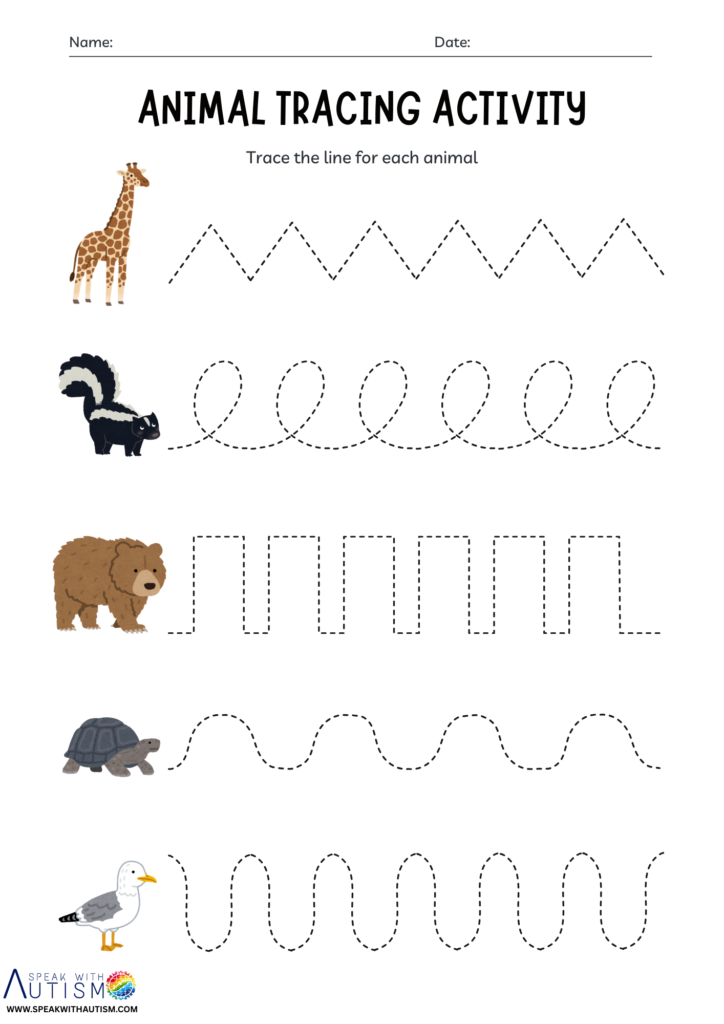
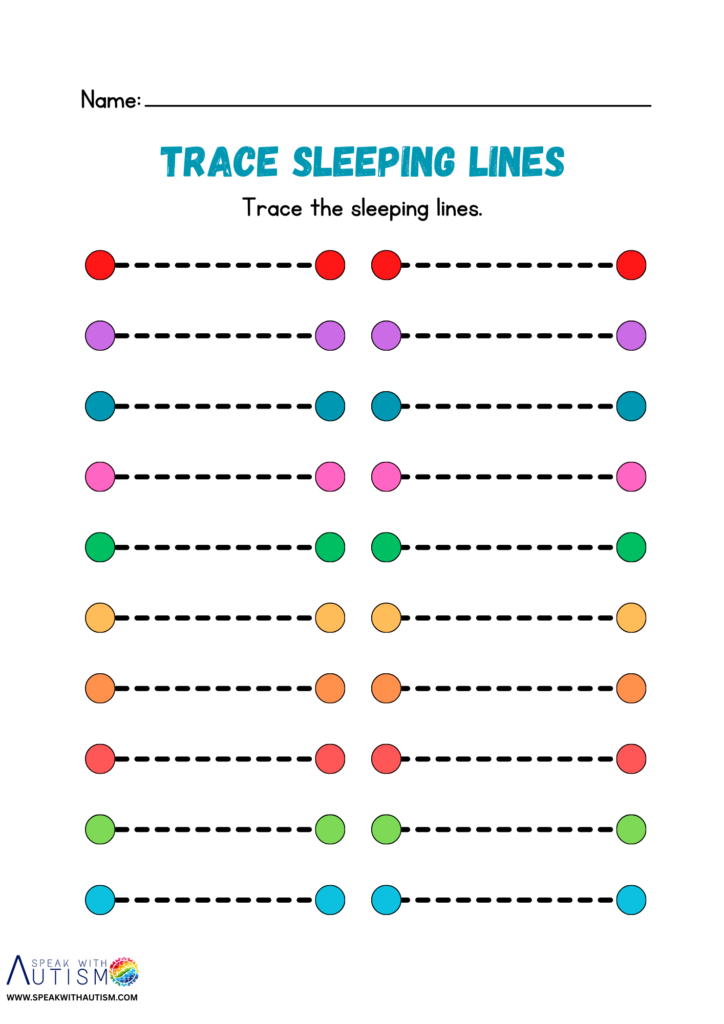
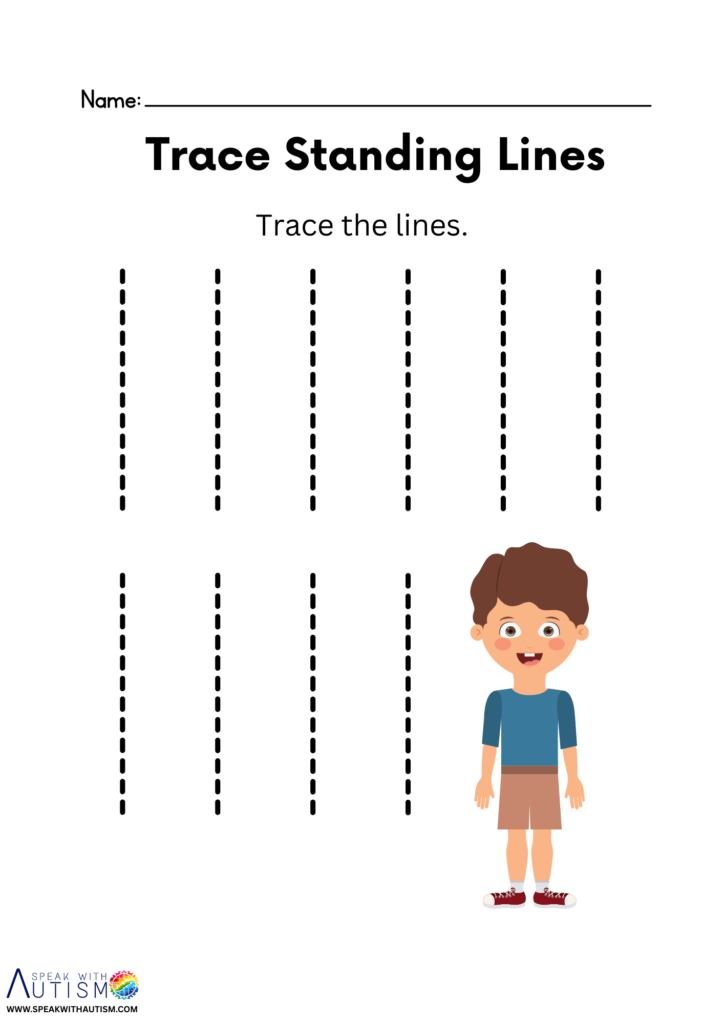
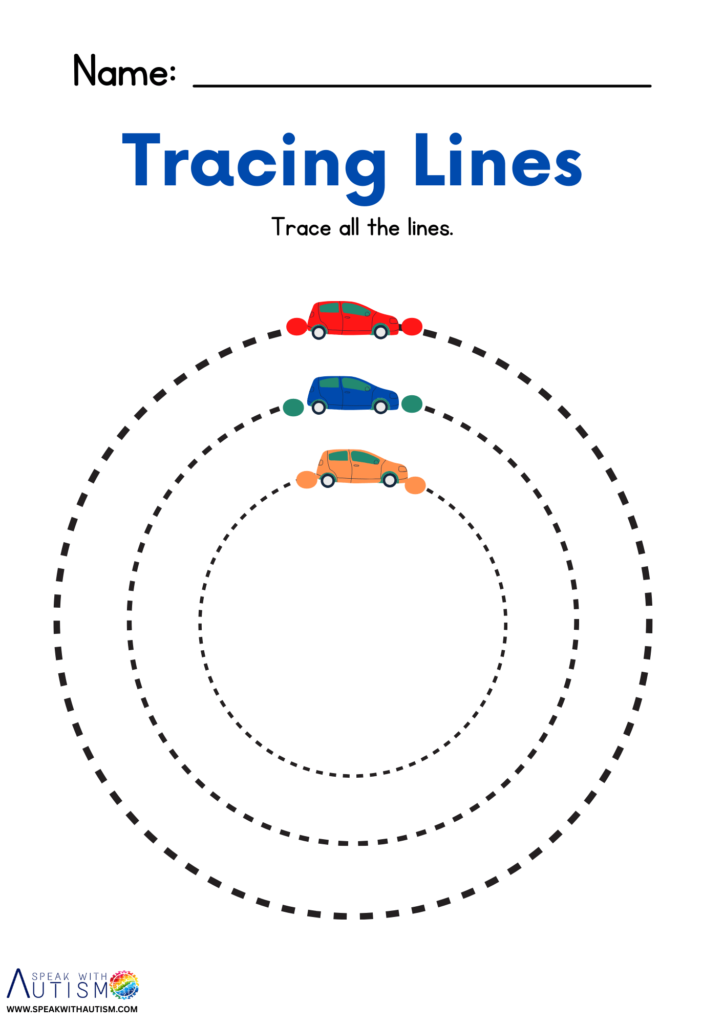
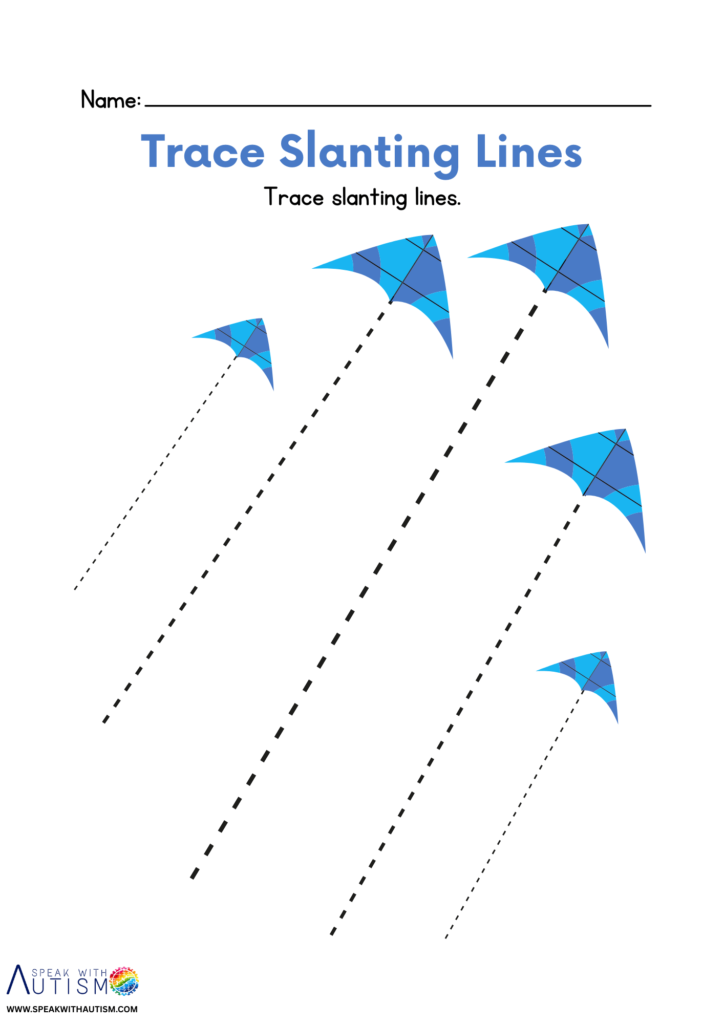
❤️ Conclusion
Writing can be a long journey for children with autism, but with the right direction, positive energy and your loving support, they can master this skill.
Every little progress is a big win.
“Every line, however short or crooked, is a new beginning. Just make the child believe that he can do it.”
Frequently Asked Questions : write independently without holding hands
How can my autistic child hold a pencil properly?
To teach your child the tripod grip (holding a pencil with thumb, index, and middle finger), you should first show him/her. Use a small pencil or a pencil with a grip that fits easily in a small hand. If this is difficult, let him/her play with playdough or clay to practice his/her fingers—this will strengthen his/her fingers.
How will my autistic child get interested in writing?
Make writing easier—like starting with colored pencils, markers, or slate. Ask him to make small drawings or lines about his favorite things (such as cartoons or food). After a little practice, give a reward, such as “After making 5 lines, we will play!
My autistic child gets tired quickly while writing, what should I do?
This could be due to poor fine motor skills. Keep sessions short—no more than 5-10 minutes at first. Include activities to improve hand strength such as playing with blocks, putting buttons, or playing in water.
My autistic child makes mistakes in drawing lines or shapes. How do I correct them?
Don’t be afraid of mistakes—they’re part of learning. First, let him draw shapes with his fingers in sand or in the air, then try with a pencil. Use dotted lines or stencils so he can trace and gradually draw them himself.
At what age should my autistic child start writing?
Every child is different, but usually between 3-5 years of age children start with scribbling and by 5-6 years they learn to write letters or numbers. If your child is autistic, this process can be a little slow, so proceed according to his pace.
My autistic child does not write without holding hands, what should I do?
First write together holding hands, then gradually loosen your grip. To increase confidence, start with big strokes (like big lines on a slate). Guide him verbally, such as “go up, come down” so he understands the direction.
How do I know if my autistic child ready to write?
See if he can hold a pencil, draw lines or circles, and sit still and focus. If all of this is hard, work on pre-writing skills first, such as coloring, tracing, or mazes.
What do I do if my autistic child is afraid to write or cries?
Don’t put pressure on him. Treat writing like a game, like “let’s make a fun shape.” If he starts crying, give him a break and calm him down and start again. Understand his feelings and motivate him with love.
Can technology (tablet, apps) help in writing?
Yes, apps like “Writing Wizard” or “LetterSchool” teach writing in a fun way, but don’t overdo it. Pencil-paper practice is also important so that hand coordination develops.
